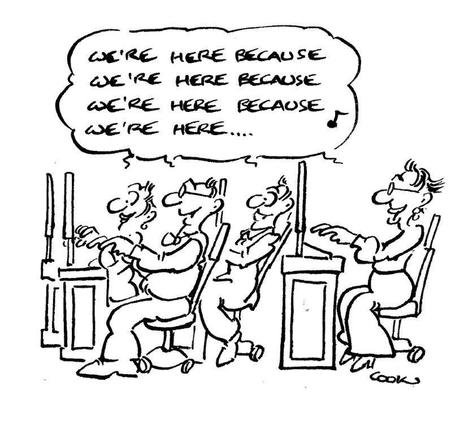
Managing your DNA in business and life.

Sometimes, that’s a good thing, like healthy acceptance; other times it’s resignation and disempowerment.
You hear the dichotomy in business with statements like: “We are really good at doing this” versus “This is the way we’ve always done it.”
One expresses pride in doing things well. The other says we’ve always done it this way and we ain’t changing. It’s like saying there’s nothing you can do about it.
The reality is you can do something about it, even your DNA. We used to be able to blame life issues on our chromosomes. Somehow it was all in our makeup. But that was before science discovered epigenomes.

You may have the DNA for some great heritable trait, but if the epigenome hasn’t turned it on, it won’t be turning up in your life. It’s why one identical twin can become obese while the other stays thin.
But here’s the thing about epigenomes. Unlike DNA, which is set in stone, you can change epigenomes. How we choose to live has a big impact on what’s turned on. Epigenomes are why so many common ailments have a lifestyle component. We may not be able to change the DNA, but we can turn some of the negative stuff off, and some of the positive stuff on.
Thinking outside the square.

A colleague recently worked with a chronically unprofitable firm. Earnings were always minus one. Yet they maintained a great relationship with the key customer in their industry. It was what they did best. That customer was super-serviced. Plants geared up to meet their demands; key staff focused on their needs; pricing and margin decisions were biased in their favour.
The downside of course was their dependence on that single customer. There are two strategies to address that. One is to grow more customers. The other is to lose the big one. The second is not the recommended route.

The outcome? The bottom line immediately went from negative to positive. Their best customer had been their most unprofitable customer.
The seeds of decline can hide in the DNA of a business. What you’ve always done best may no longer be relevant. Mainframe computers were supposed to be the DNA of IBM. They eventually shifted to PCs but even that has given way to the cloud. IBM is now more a service provider than a manufacturer.
Take a look at the DNA of your business. Search the environment you’ve inherited. Are there skills or resources you can turn on, or turn off? Is what you do best always going to be the best thing to do?

